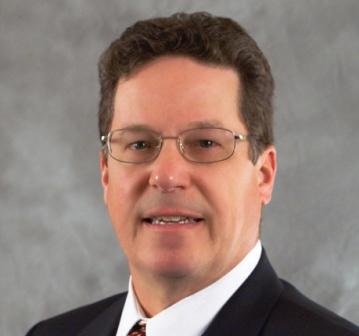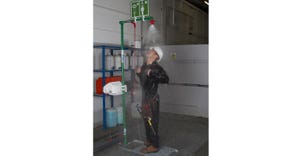CEMA Evolving and Growing
February 29, 2012

Over the years, I have participated in many Powder and Bulk Solids shows with Martin Engineering as both an exhibitor and presenter. Martin Engineering has long supported industry groups that promote our industry and improve the productivity and safety of material handling equipment. One of those associations that many have heard of but know little about is the Conveyor Equipment Manufacturers Association, commonly referred to as CEMA.
CEMA is undergoing a rebirth. Founded in 1933 and restricted for decades to those that manufactured conveyors and key components in the United States, CEMA has expanded its vision. CEMA aspires to be the association representing the leading North American manufacturers and designers of conveyor equipment, systems, and accessories. Times have changed and so has CEMA.
CEMA member companies have historically represented about half of the U.S. market for bulk and unit conveyors and related accessories and controls. With the addition of Canada and Mexico, CEMA members currently represent about a third of the North American market for mechanical material handling equipment, and that number is growing. As with most industries, there has been a lot of change over the years through technology, mergers, and changes in the way companies are organized. CEMA now has over 110 member companies from three countries that represent manufacturers, engineering firms, and integrators. About half of CEMA members are involved in unit handling conveying; the other half in bulk material handling. In addition to belt conveyors and conveyor components, CEMA has very active product sections for safety, conveyor chain, screw conveyors, and bucket elevators.
CEMA develops standards of design, safety, manufacture, and application on a voluntary and consensus basis. Association members have expertise in a broad range of applications and products, in addition to those with formal product sections such as vibratory equipment and automated guided vehicles. The best thing about CEMA may be its size: big enough to get things done, but not so big that each member’s voice can’t be heard. Many worthwhile projects start with one member’s desire to satisfy a customer or industry need.
One example of a CEMA project that started recently from an industry need is the CEMA Application Guide for Unit Handling Conveyors or the “Unit Book,” as it is called within CEMA. First published in 2009, this guide has 33 chapters covering every aspect of unit handling. In addition to providing an excellent overview of all the types of unit handling conveyance, there are chapters on sortation, trolley and monorail conveyors, conveyor controls, and rate calculations. The committee working on the Unit Book envisions it growing into a complete design manual similar to CEMA’s flagship publication, Belt Conveyors for Bulk Materials.
Belt Conveyors for Bulk Materials, or the “Belt Book” as it’s often called, is being updated with the seventh edition targeted for publication in late 2012 or early 2013. Engineers design all types of conveyor applications, from lightweight parts handling conveyors to the widest, fastest, and longest bulk material handling systems using the Belt Book. The seventh edition will feature enhancements in every chapter, with an abundance of new technical information developed by CEMA members working together, such as a new section on air-supported conveyors. CEMA is working in cooperation with the Brazilian National Standards Organization, ABNT, to metrify the seventh edition of the Belt Book and make it available in Portuguese for their market.
CEMA is one of the few organizations where members can champion a standard and see it come to fruition to the benefit of the makers and users of conveying equipment, and there is still more to be done as the mechanical handling industry grows and innovates. Interested readers can learn more about CEMA at www.cemanet.org.
R. Todd Swinderman is a past president and current director of CEMA. He recently retired from Martin Engineering, where he served as president and CEO for many years. He now offers consulting on bulk materials handling through his company, RToddS Engineering LLC out of Palm Coast, FL.
You May Also Like


